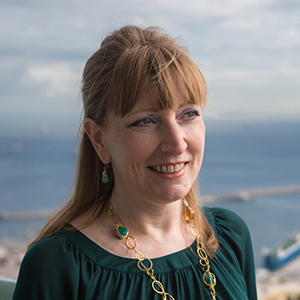
Ms Carolyn Metkola (formerly Perry)
Lecturer and museum consultant. She taught Ancient History and Mythology in the Department of Mediterranean Studies at Queen Mary College, University of London and has excavated in Italy. She established the Arab World Education Programme at the British Museum and is a trustee of the International Association for the Study of Arabia. Twitter: @CarolynPPerry | Instagram: @caropperry | Website: carolynperry.blogspot.com




